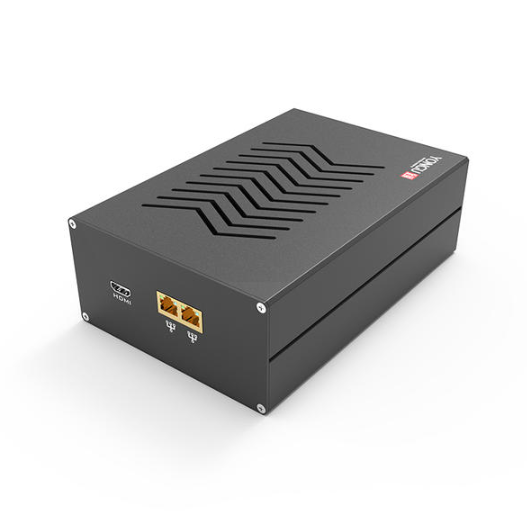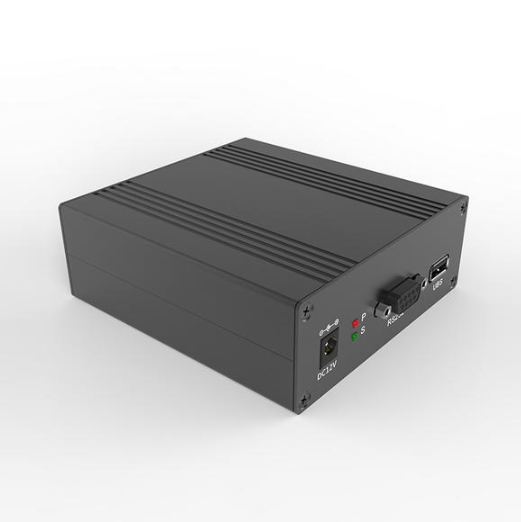Circuit board enclosures serve as protective casings for electronic components, shielding them from environmental and mechanical damage while providing safety to users. Their selection significantly impacts a device's performance and durability. These enclosures come in various sizes, materials, and designs, catering to diverse needs across industries.
However, how to get the right circuit board enclosure. In this article, the author would guide you to choose the circuit board enclosure step by step.
However, how to get the right circuit board enclosure. In this article, the author would guide you to choose the circuit board enclosure step by step.
Step-By-Step to Choose the Right Circuit Board Enclosure
Let's delve deeply into each factor involved in choosing the right circuit board enclosure:
1. Purpose and Environment
The purpose of the electronics dictates the type of enclosure required. For instance, in industrial settings, where machinery vibrations or exposure to chemicals are common, sturdy enclosures resistant to these elements are crucial. Understanding the environment helps determine if the enclosure needs to be waterproof, dustproof, resistant to extreme temperatures, or offer protection against corrosive substances.
2. Size and Space Requirements
Accurate measurements of the circuit board and all components are essential. Consider not only the current components but also potential expansions or additions. The enclosure should provide adequate space for these without compromising the integrity of the internal electronics.
3. Material Selection
Choosing between plastic, metal, or other materials involves a comprehensive understanding of their properties. Plastic enclosures are lightweight, non-conductive, and cost-effective, suitable for consumer electronics. On the other hand, metal enclosures offer superior durability, excellent EMI shielding, and are common in industrial settings. The selection should also consider the enclosure's ability to adhere to IP ratings, ensuring protection against dust and moisture as required by the environment.
4. Customization and Features
A well-suited enclosure allows for easy customization, such as drilling or cutting for additional ports or interfaces. Consider the need for mounting options—wall mountable, DIN rail mounting, or integration into existing systems. Features like EMI shielding or heat dissipation capabilities should align with the circuitry's sensitivity to interference or heat buildup.
5. Assembly and Maintenance
Ease of assembly and maintenance significantly impacts long-term usability. Enclosures with simple assembly mechanisms or tool-less access to the circuitry simplify maintenance tasks, reducing downtime for repairs or modifications.
6. Cost and Quantity
Budget constraints play a crucial role. Balancing the required features against the budget is essential. Bulk purchases often lead to cost savings, but this should be weighed against immediate financial considerations.
7. Regulatory Compliance
Ensuring the enclosure meets industry-specific standards such as UL, CE, or RoHS compliance is crucial. This compliance guarantees safety, quality, and adherence to environmental standards.
8. Vendor Reputation and Support
A reputable vendor offering quality enclosures and reliable customer support is invaluable. Check for warranties, after-sales service, and the vendor's track record for delivering consistent quality.
9. Future Expansion and Prototyping
Enclosures that support prototyping or accommodate future modifications are advantageous. Flexible designs that allow for easy adjustments or additions to the circuitry enhance long-term usability.
10. Feedback and Reviews
User experiences and reviews provide invaluable insights into the practicality, durability, and performance of various enclosures. Understanding others' experiences aids in making an informed decision.
Conclusion
Choosing the right circuit board enclosure involves a comprehensive evaluation of environmental, mechanical, and electrical factors. The selection process, influenced by specific industry needs and device requirements, ensures the optimal performance and longevity of electronic systems.





